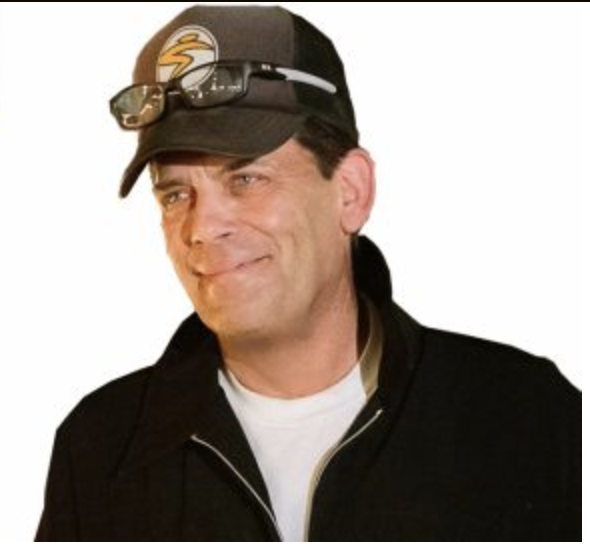“First Friday” is a name given for public events in many cities (particularly in the United States) that occur on the first Friday of every month. These citywide events are “see and be seen” events that serve as block parties or social gatherings open to the general public. Usually First Fridays are art and entertainment destinations. They may involve pub crawling, or other retail establishments such as cafes and restaurants, with performances by musicians, street performers, and others.
Looking back on the origins of First Friday
When the Renaissance broke away from the dark Medieval Days, the wealthy Medici family bankrolled the invention of the Piano and Opera, funded the construction of Saint Peter Basilica, and patronized Leonardo, Michelangelo, Machiavelli and Galileo.
Inspired by her family’s patronage, daughter, Catherine de’ Medici’s court festivals were a series of lavish and spectacular entertainments, celebrating the arts called “magnificences”. This lead to the monthly parades through the streets of Florence promoting the works of local artists and artisans. This was the first time that the context of art was taken out of the church and brought directly to the citizens. For Catherine, these celebrations served as a means to bring art to the people as well as serving a political purpose that made them worth their colossal expense.

Public Art spreads through Europe
The practice of bringing art to the people, quickly spread throughout Europe, first in places like the Netherlands, home to Rembrandt and Vermeer evolving into the birth of vital art communities that went on to influence the world. France, Spain and Germany followed suit. By the 1800s the popularity of these public events throughout Europe were running counter to the norms followed by the established Art institutions, however were extremely popular with the public who felt the class structure had prevented them from experiencing art in any other way.
Fast forward to post World War II America.
America emerged from World War II relatively unscathed, with an economy on the rise and an artist population inspired by the European avant-garde, giving rise to art communities all over the Country. By the late 1960s many of these art communities had grown so large that artists began to take control of how they interacted with their audiences. The West Coast lead the way with events like “Burning Man” started in San Francisco, “Second Saturdays” Sacramento, followed by Seattle, Portland, Oakland, Los Angeles, and many others. All events created by people with the desire to share the creative spirit.
First Friday Santa Cruz continues that celebration. 2005 – 2019
What makes First Fridays great in Santa Cruz is the shared belief by audiences, artists and venues that creativity has value and that important connections grow from celebrating that creative spirit. As simple as that may sound, it takes a lot of people willing to take risks to support that belief in order to make that manifest on such a large scale, and Santa Cruz is one of those very unique communities that has fully embraced that belief and supported a monthly celebration of creativity, that is certainly one of the most locally engaged in the country.
In many communities whereby the only way to participate with art is to seek out the institutions that house the art. Here in Santa Cruz, 12 times a year, everyone gets to interact with our local artists, whether in a Museum or coffee shop, a clothing store orl book store, an ice cream parlor or gallery. Today, communities all over the country are copying this model.
First Friday Santa Cruz, continuing a time honored celebration.
Story by Kirby Scudder

